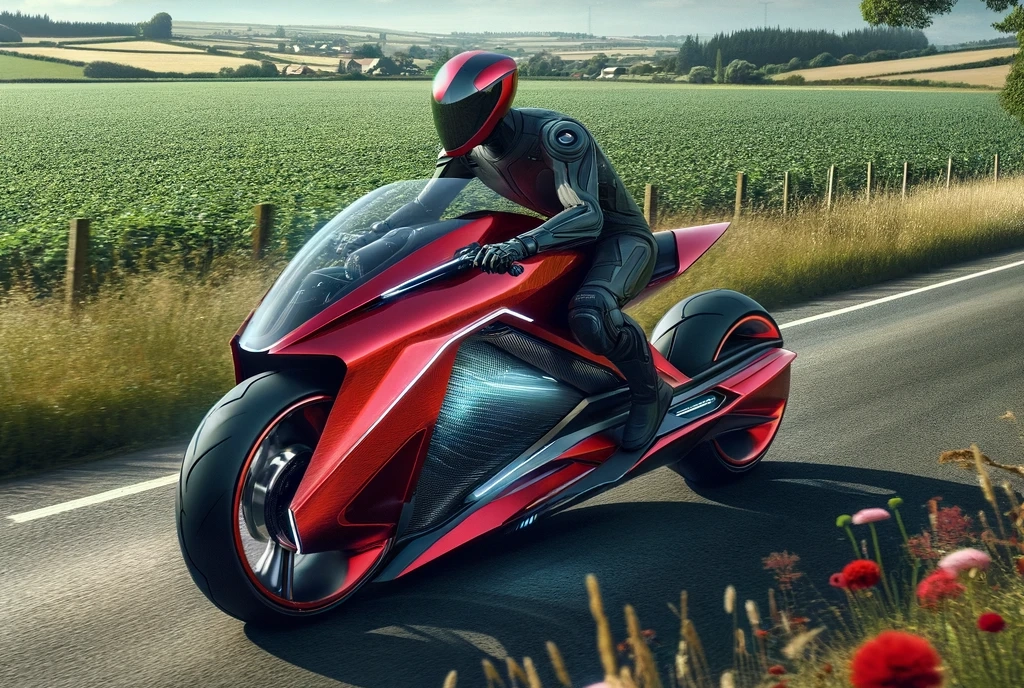Motorcycle lubricants
Motorcycle lubricants – Motorcycles have won the hearts of many Brazilians. In fact, according to data from the National Traffic Secretariat – Senatran, in the period from 2013 to 2022, the category A license grew significantly. To give you an idea, in the last year alone, 2.03 million cards of this type were issued, a volume 20.9% higher than ten years ago, when this number was 1.68 million. This is because, with the intense traffic in cities and the increase in fuel prices, the motorcycle has become synonymous with agility and cost-benefit for consumers.
From this scenario, there is a growing need for specific precautions for this transport. Firstly, the priority must be centered on the safety of the driver, passenger and everyone around them, such as pedestrians and other drivers. This care begins with the use of safety equipment, such as helmets, gloves, and suitable boots, through conscious driving following traffic regulations and regular maintenance, with tire calibration, chain adjustments, and the correct choice of motorcycle lubricants.
Myths in motorcycle maintenance
When carrying out preventive maintenance on the vehicle, the motorcyclist must be aware of some untrue information that circulates in this universe and that can compromise the functioning of the motorcycles. Among them is carrying out an oil change while the engine is still warm. This can spread the lubricant throughout the engine and delay its descent into the crankcase, making this process ineffective.
The oil change period is also a topic that tends to generate confusion, as, for many people, the replacement must occur every 1,000 km driven. However, with updates and technological advances used in engines and lubricants over time, some solutions rely on bases and additives designed to generate greater durability, performance, and fuel economy, as well as protection against wear for more rigorous uses.
Furthermore, the ideal change frequency may vary according to the model, year of manufacture, type of oil used, and conditions of use of the motorcycle. Therefore, it is recommended to always follow exactly what is indicated in the owner’s manual and check the oil level at least once a week. If a leak or low level is identified, you should seek out a professional to evaluate, change the oil, or correct possible problems.
Miraculous mixtures also tend to attract attention, such as the combination of gasoline and lubricants in 2-stroke engines. This type of action can cause the loss of lubricant properties and poor conservation of parts. Another classic mistake is the use of grease on the chain, to preserve lubrication. This can cause the accumulation of more dirt than normal, causing crashes and possible accidents.
Differences in lubricants for motorcycles and cars
When it comes to maintenance, drivers must also be aware of the specificities of products intended for cars and motorcycles. Viscosity, for example, acts directly on the protection and lubrication of moving parts of the engine. In the case of motorcycles, due to the higher speeds, lubricants generally have lower viscosities than for cars.
Furthermore, motorcycle lubricants have special additives to maintain the performance of specific parts, such as the clutch, helping to prevent it from slipping. Furthermore, these oils are formulated to withstand high temperatures and maintain lubricating properties even in extreme conditions. In the friction part, they are designed to reduce wear in conditions of high speed and rotation, especially on motorcycles, where there is greater agility and acceleration.
In any case, when choosing the ideal product, it is important to follow the manufacturer’s recommendations and count on the help of a specialist in the field to maintain the means of transport, be it a vehicle or motorcycle, to guarantee the best performance and engine life.
The use of improper lubricant can cause serious problems for the motorcycle, such as greater wear on parts, accumulation of residue, mechanical failures, greater fuel consumption, and the need for corrective maintenance from time to time, directly affecting the consumer’s pocket.
The success of motorcycles on Brazilian streets and roads is notorious. Therefore, for this gear to continue operating effectively, it is up to motorcyclists to keep maintenance up to date with regular visits to mechanic workshops and avoid rumors that could harm the useful life and efficiency of the motorcycle. On the other hand, the replacement sector must equip itself with quality, sustainable, and technological solutions to best serve those who love two wheels.























